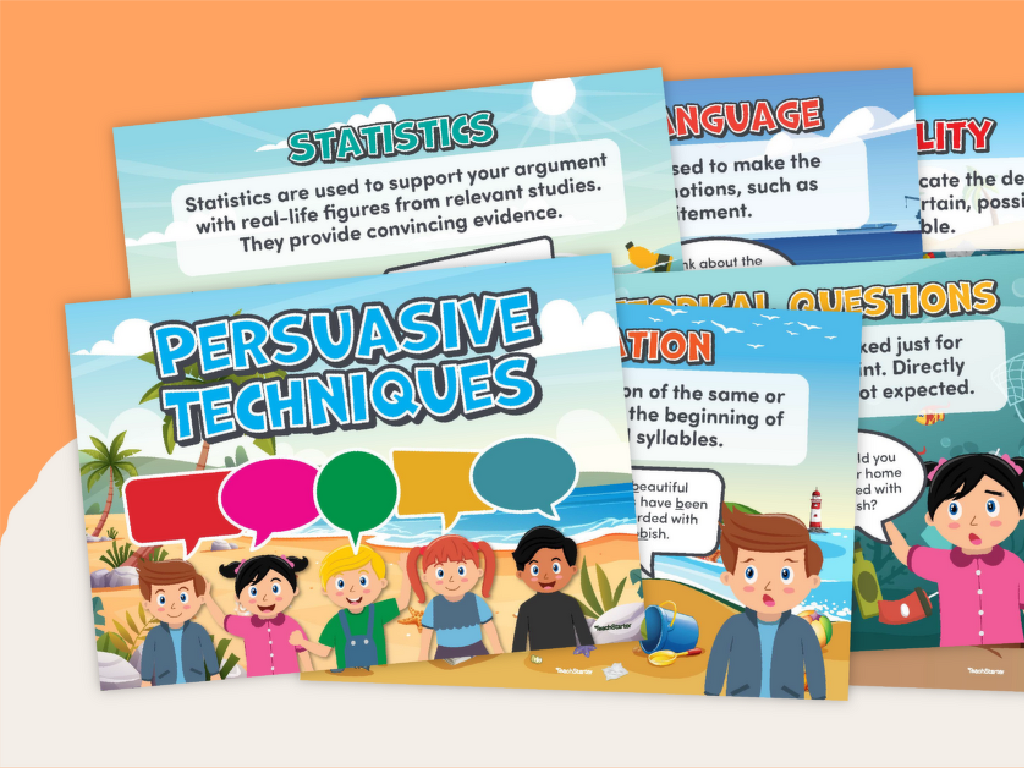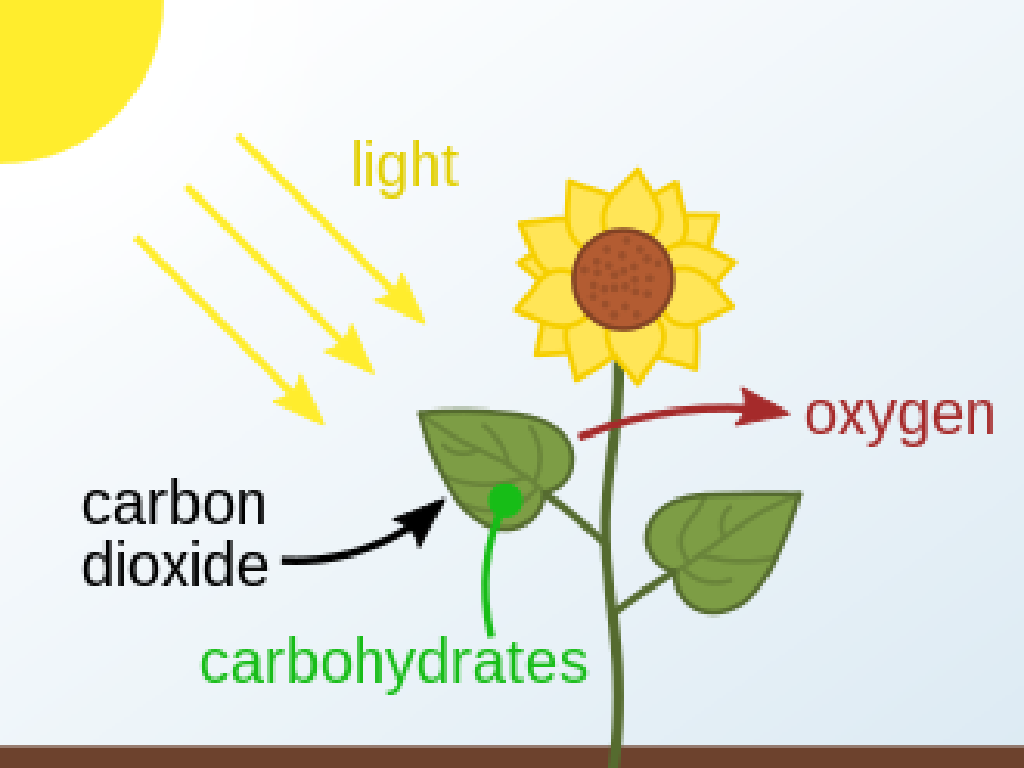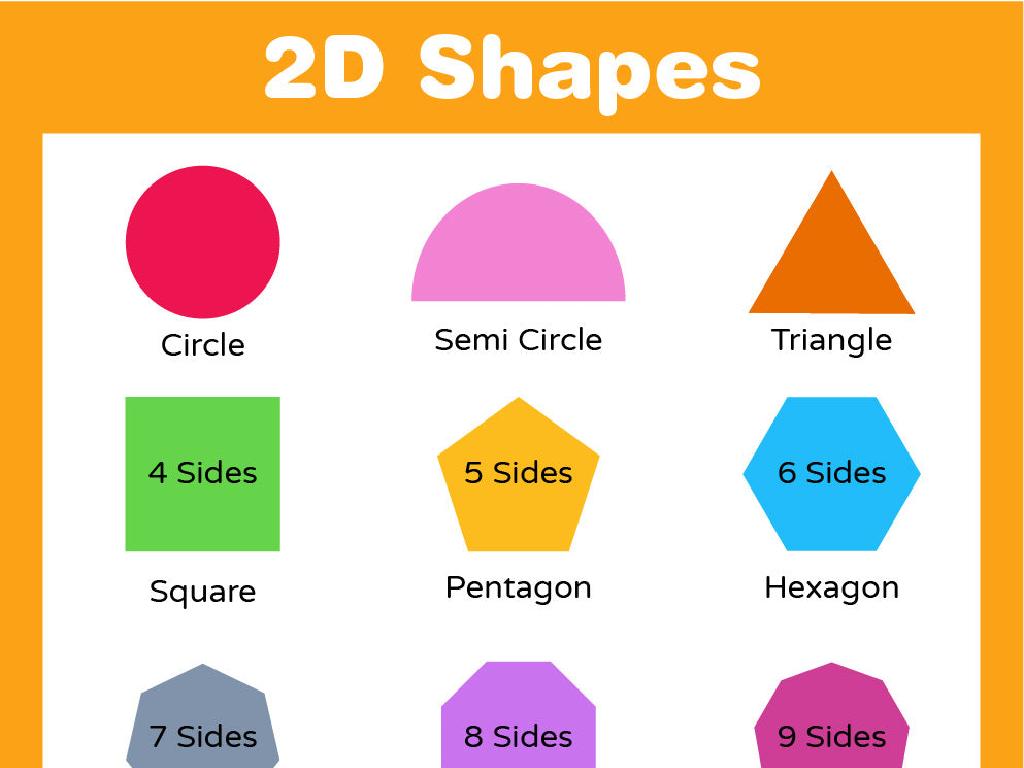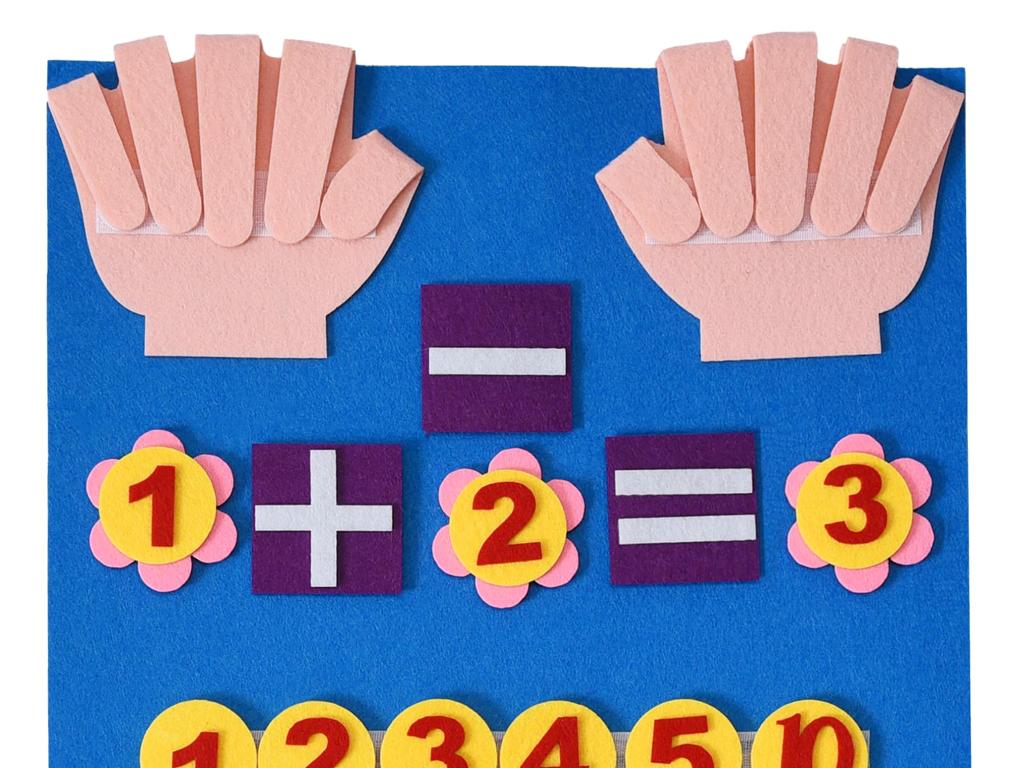Is The Sentence Declarative, Interrogative, Imperative, Or Exclamatory?
Subject: Language arts
Grade: Seventh grade
Topic: Sentences, Fragments, And Run-Ons
Please LOG IN to download the presentation. Access is available to registered users only.
View More Content
Types of Sentences
– Define four sentence types
– Declarative: makes a statement
– Example: ‘The sky is blue.’
– Interrogative: asks a question
– Example: ‘Is the sky blue?’
– Imperative: gives a command
– Example: ‘Describe the blue sky.’
|
This slide introduces the four main types of sentences that students need to identify: declarative, interrogative, imperative, and exclamatory. A declarative sentence makes a statement and ends with a period. An interrogative sentence asks a question and ends with a question mark. An imperative sentence gives a command or makes a request and can end with a period or an exclamation mark. The exclamatory sentence, which expresses strong emotion and ends with an exclamation mark, will be discussed in the next slide. Encourage students to come up with their own examples for each type and to practice identifying them in their reading.
Exploring Sentence Types
– Definition of a sentence
– A sentence conveys a complete idea with words.
– Sentence structure components
– Every sentence needs a subject (who/what) and a predicate (action).
– Punctuation marks and purpose
– Periods end statements; question marks for queries; exclamation points for strong feelings.
– Types of sentences by purpose
– Declarative states facts, interrogative asks, imperative commands, exclamatory expresses excitement.
|
This slide introduces the basic concept of a sentence in the English language, which is foundational for understanding more complex grammar. Emphasize that a sentence is not just a random collection of words, but a structured unit that conveys a complete thought. Highlight the importance of the subject and predicate in forming a sentence. Discuss the role of punctuation in indicating the type of sentence and its intended emotion or function. Finally, introduce the four types of sentences based on their purpose: declarative, interrogative, imperative, and exclamatory. Provide examples for each and encourage students to create their own sentences in each category.
Sentence or Fragment?
– Understanding sentence fragments
– A fragment lacks a subject, predicate, or complete thought.
– Identifying missing elements
– Does the sentence have a who (subject) and a what (predicate)?
– Differentiating fragments and sentences
– Compare ‘Running fast’ (fragment) with ‘He is running fast.’ (sentence)
– Practice with examples
|
This slide introduces the concept of sentence fragments in contrast to complete sentences. A sentence fragment is an incomplete sentence that fails to convey a complete thought, often missing a subject, predicate, or both. It’s crucial for students to recognize that every complete sentence must have at least one subject and one predicate that work together to express a complete thought. Use examples to illustrate the difference between a fragment and a complete sentence. Encourage students to look for the presence of a subject and predicate and to check if the sentence expresses a full idea. In-class activities can include identifying fragments in a given paragraph and rewriting them into complete sentences.
Tackling Run-on Sentences
– Define run-on sentences
– Two or more complete thoughts improperly joined.
– Example of a run-on
– ‘I love to write papers I would write one every day if I had the time.’
– Methods to correct run-ons
– Use periods, conjunctions, or semicolons to fix run-ons.
– Practice correcting run-ons
|
This slide aims to help students identify and correct run-on sentences, which are common mistakes in writing. A run-on sentence occurs when two or more independent clauses (complete thoughts) are not properly connected. The example provided illustrates a typical run-on that students might encounter or create in their writing. To address run-ons, students can split the sentence into separate sentences, use coordinating conjunctions with a comma (for, and, nor, but, or, yet, so), or employ a semicolon to link closely related ideas. During class, provide additional examples and engage students in exercises where they identify run-ons and practice applying these correction methods. This will reinforce their understanding and ability to write more coherent and grammatically correct sentences.
Types of Sentences: Declarative
– Declarative sentences state facts
– A fact or opinion, like ‘Homework is helpful.’
– They end with a period
– This punctuation signifies a statement
– Example: ‘The sky is blue.’
– It’s a clear, straightforward fact statement
|
This slide introduces declarative sentences, which are the most common type of sentence used to convey information. They are straightforward and end with a period. It’s important for students to recognize that these sentences can express both facts and opinions. The example ‘The sky is blue.’ is a simple fact that students can easily understand. Encourage students to come up with their own examples of declarative sentences and to pay attention to the punctuation, as it differentiates declarative sentences from other types.
Interrogative Sentences
– Interrogative sentences ask questions
– These sentences are looking for information and always end with a ‘?’
– They end with a question mark
– The punctuation is key to identifying the sentence type
– Example: ‘Is the sky blue?’
– It’s a simple, clear question about the color of the sky
|
This slide introduces students to interrogative sentences, which are used to ask questions and seek information. Emphasize the importance of the question mark at the end of these sentences, as it is the defining feature that differentiates them from other sentence types. Use the example ‘Is the sky blue?’ to show a direct question that requires a response. Encourage students to come up with their own examples of interrogative sentences and to practice identifying them in written texts. Discuss how the tone of voice changes when asking a question compared to stating a fact.
Understanding Imperative Sentences
– Imperative sentences give commands
– They tell someone to do something, like ‘Sit down.’
– They can end with a period or exclamation point
– A period suggests a polite request; an exclamation point shows strong emotion or urgency
– Example: ‘Please close the door.’
– This is a polite request to close the door
|
This slide focuses on imperative sentences, which are used to issue commands or requests. It’s crucial for students to recognize the tone of the sentence, which can be determined by its punctuation. A period often indicates a polite or standard command, while an exclamation point can signify a more urgent or emphatic request. Provide students with additional examples and ask them to create their own imperative sentences, both with periods and exclamation points, to understand the difference in tone. Encourage them to consider the context in which different types of imperative sentences might be appropriate.
Exclamatory Sentences
– Expresses strong feelings
– Shows excitement, surprise, or strong emotion
– Ends with an exclamation point
– The punctuation is key to identifying exclamatory sentences
– Example: ‘What a beautiful view!’
– Use this example to identify exclamatory sentences in different texts
|
This slide introduces exclamatory sentences, which are used to convey strong emotions such as excitement, surprise, or urgency. It’s crucial for students to recognize the use of the exclamation point as a defining feature of these sentences. The example provided should serve as a clear illustration of how exclamatory sentences function within writing. Encourage students to come up with their own examples and to practice identifying exclamatory sentences in their reading. Discuss how the tone of exclamatory sentences differs from other sentence types and the effect this has on the reader.
Identifying Sentence Types
– Practice identifying sentence types
– Decide: declarative, interrogative, imperative, or exclamatory
– Declarative: states a fact. Interrogative: asks a question. Imperative: gives a command. Exclamatory: shows strong emotion.
– Examples to work through together
– ‘The sky is blue.’ (declarative) ‘What time is the game?’ (interrogative) ‘Please sit down.’ (imperative) ‘Wow, that’s amazing!’ (exclamatory)
– Understanding the purpose of each type
– Each type serves a different function in communication, conveying statements, questions, commands, or strong feelings.
|
This slide is aimed at helping students recognize and differentiate between the four types of sentences. Begin by explaining the purpose of each type: declarative sentences make statements, interrogative sentences ask questions, imperative sentences give commands or requests, and exclamatory sentences express strong emotion. Use clear examples for each to illustrate the differences. Engage the class by working through examples together, asking students to identify the type of sentence and explain their reasoning. This activity will enhance their understanding of sentence structures and their functions in language.
Class Activity: Sentence Scavenger Hunt
– Pair up and choose reading material
– Find examples of all four sentence types
– Look for declarative, interrogative, imperative, and exclamatory sentences
– Label each sentence with its type
– Prepare to present your sentences
– Share how you determined each sentence type
|
This interactive class activity encourages students to work in pairs to identify the four types of sentences: declarative, interrogative, imperative, and exclamatory. Provide a selection of books and articles for students to choose from, or allow them to select their own. Remind them to write down the sentences they find and correctly label each one according to its type. After the activity, each pair will share their findings with the class, discussing how they determined the type of each sentence. This will help reinforce their understanding of sentence structures and their functions in language. Possible variations of the activity could include finding sentences in magazines, creating a classroom bulletin board with the sentences, or even writing their own examples of each sentence type.
Sentence Types: Conclusion & Homework
– Review sentence types learned
– Write two examples per sentence type
– Declarative: ‘The sky is blue.’, Interrogative: ‘Is the sky blue?’, Imperative: ‘Look at the sky.’, Exclamatory: ‘What a beautiful blue sky!’
– Homework: Craft your sentences
– Share your work in the next class
|
As we wrap up our lesson on sentence types, students should revisit the four types: declarative, interrogative, imperative, and exclamatory. For homework, they are tasked with writing two original examples of each sentence type to reinforce their understanding. This exercise will help them recognize the structure and purpose of different sentences. In the next class, students will have the opportunity to share their sentences, allowing them to learn from each other’s examples and further solidify their grasp of the material. Encourage creativity and remind them that the goal is to become more effective communicators by using a variety of sentence types in their writing.






